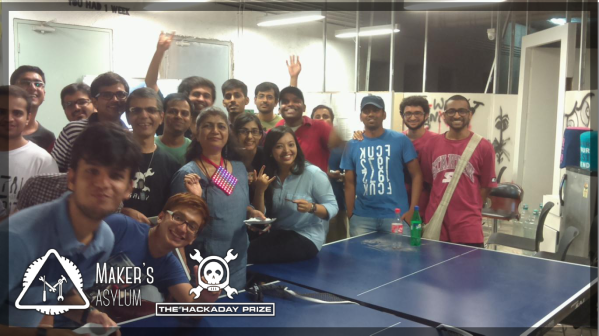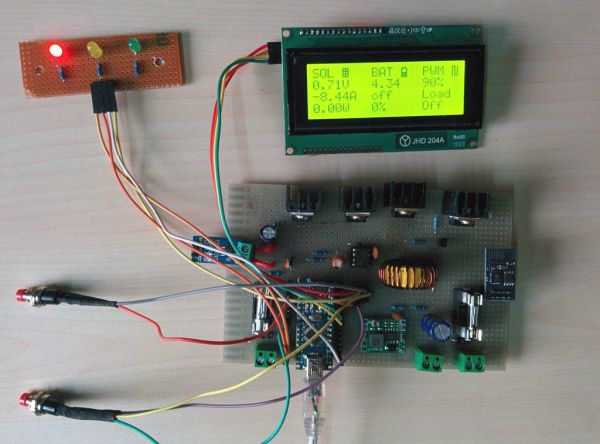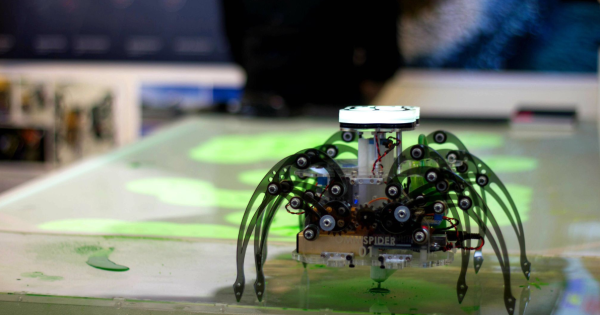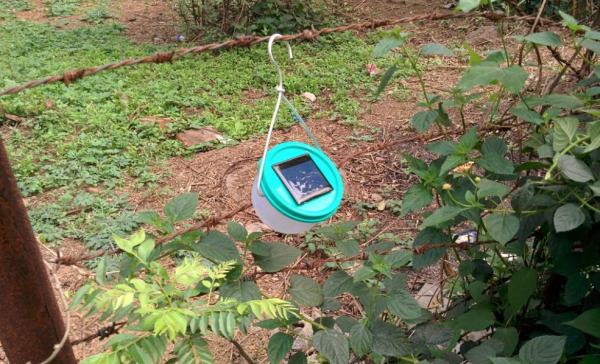I am excited to announce Hackaday’s first ever event in India. We have a huge readership in the country and because I am based in Mumbai there is an opportunity to organize some events. On this Saturday, March 21st, at Maker’s Asylum hackerspace we will gather for “Bring-A-Hack Maker’s Asylum” to talk about our passion for making and hacking. We’ll discuss the 2015 Hackaday Prize which offers $500,000 in prizes for hackers who can build solutions to problems faced by a wide-range of people. What does that really mean? That’s one of the topics of the evening. Of course there will be plenty of time to show off your own hacks, ask for advice on difficult projects, and to socialize with everyone that attends. Please visit the event page for all the details.
For all of you who aren’t in the area, I’d like to share with you a little background about hackerspaces in India.
Hacking in India
Hack : “To use something in a way it was not originally intended”. This could sound very familiar when you say that “Hack is the English equivalent of Hindi-Urdu word Jugaad“. So Hacking has a very positive and useful connotation when used in such a context. Everybody does it some time or the other – sometimes unknowingly, but quite often on purpose. It follows that people who Hack be called Hackers – and again, that description is used in a very positive sense.
Sometime around the turn of the 21st century, individual Hackers who up until then used to work in isolation, started congregating together to form clubs and community spaces which came be called – no points for guessing – Hacker Spaces. The movement spread over Europe rapidly and then on to the United States, and slowly to other parts of the world. Hacker Spaces became the breeding grounds for individual innovation. People with bright ideas would seek guidance and peer reviews of their hacks, and if it was interesting enough for the wider community, they would launch themselves as enterprising startups. Hacker Spaces provided the environment, the tools, and a community for people to tinker away and build stuff. In a sense, it is like going back to our enterprising roots before the advent of wide spread industrialization stifled individual entrepreneurship.
Rise of our Hackerspace Culture
Around 2008, when my interest in hacking got revived, I could not find a single Hacker Space in India. It wasn’t until late 2013 that I found another hacker with similar interests who wanted to set up a Hacker Space. When [Vaibhav Chabbra] met me in Ahmedabad during Maker Fest and mentioned that he had set up such a space in Mumbai, I immediately jumped in to help him out. Thus was born Makers’ Asylum. Since then, within a span of just 1 1/2 years, Hacker Spaces have sprung up in Ahmedabad, Surat, Pune, Bangalore, Hyderabad, Chennai, New Delhi, Meerut, and I am sure we will hear about more of them soon in other Cities. The Hacker movement is very much here, and here to stay and grow.

































